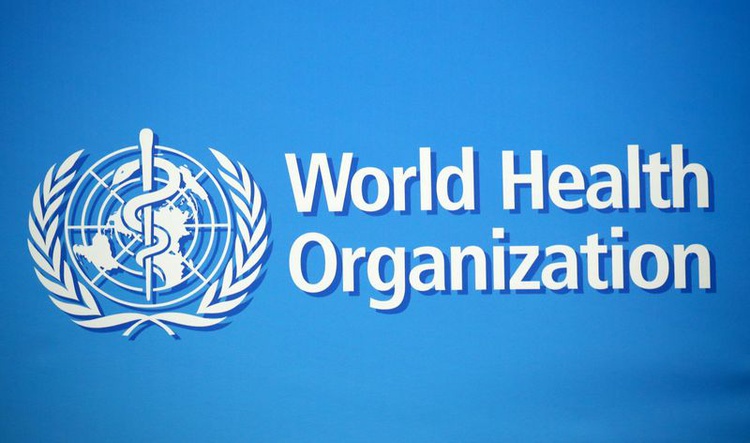By Asmau Ahmad
The World Health Organisation (WHO) has unveiled a refugee and migrant health toolkit, a web-based one-stop comprehensive platform of tools and resources, to support the global, regional, and country efforts in implementing health and migration-related activities.
In a statement issued by the WHO, the UN health agency said migration and displacement often impact people’s physical and mental health and well-being, especially for those who were forced to flee their homes.
It said it can leave particular impact on people displaced across borders or within their own country and those in an irregular situation or with vulnerabilities and specific health and protection needs.
Refugee and migrants could face many factors such as their migratory status; national migration policies; and linguistic, cultural, economic, and social barriers that often hinder their access to health services.
It is essential that countries have strong and inclusive health systems equipped with the necessary knowledge and tools to help decision-makers and health personnel meet the health needs and rights of these populations and advance the health and migration agenda.
Dr Santino Severoni, Director of the WHO Health and Migration Programme said that the organisation developed the toolkit to assist countries in designing, developing, and implementing health and migration policies.
“Others are strategies and services based on evidence and technical soundness. We hope that Member States will use this single-source, operational and user-friendly toolkit in the implementation of health and migration-related activities, including the Global Action Plan (GAP).
“Promoting the health of refugees and migrants, 2019-2023”, and regional action plans with similar goals.” Severoni said.
He said that the toolkit contained modules for each of the six priorities of the Global Action Plan 2019-2023, along with 18 tools.
According to him, module one is short- and long-term public health interventions to promote refugee and migrant health.
He said that the module’s tools highlight common communicable and noncommunicable diseases, including mental health, public health emergencies, and immunization.
The second he said was mainstreaming refugee and migrant health in the global, regional, and country agenda and access to inclusive people-centred health services.
It means that the tools in this module discuss how to mainstream refugees and migrants into plans and initiatives; access to primary health care and infrastructure; maternal and child health; and sexual and reproductive health, along with gender-based violence.
“The third one he said was tackling the social determinants of health and workers’ and occupational health and safety.
“Tools in this module highlight urban health, climate change, water and sanitation, occupational and workers’ health and safety, and how these sectors can help close the health equity gap amongst migrants and the overall population.
“The fourth was country assessment, health monitoring, and health information systems. Tools in this module aim to strengthen the data collection methodology, analytics, health information systems, monitoring, and evaluation of migrant health.
“Fifth one is the communication, countering misperception, and increasing community engagement. Tools in this module tackle communication and countering misinformation and the engagement of refugees and migrants in decision-making processes and campaigns at national and local levels for the successful implementation of public health programs.
“While the sixth is collaboration and partnership. This module provides guidance on mechanisms and strategies to enhance cooperation and partnerships across countries, regions, UN system agencies, and other stakeholders to work toward global health and humanitarian collaboration.
Severoni said that each module included a summary of key topics, a list of actions for consideration for stakeholders, links to the latest available guidance, case studies and reports, training materials, and other WHO publications on relevant themes.
According to him, an introductory section provides essential knowledge concerning refugees’ and migrants’ health, addressing definitions, global trends, legal frameworks, and resolutions.
He said that the tools are not prescriptive. They can be adapted to each specific context, region, and community to inform context-specific analysis and approaches to refugee and migrant health.
He said that WHO Member States, WHO country offices, United Nations partners, and nongovernmental actors working in refugee and migrant health can use the Refugee and migrant health toolkit to implement health programs that are truly equitable and inclusive.
According to him, it will evaluate and bolster national health plans and strategies that promote the health of refugees and migrants and host populations.




